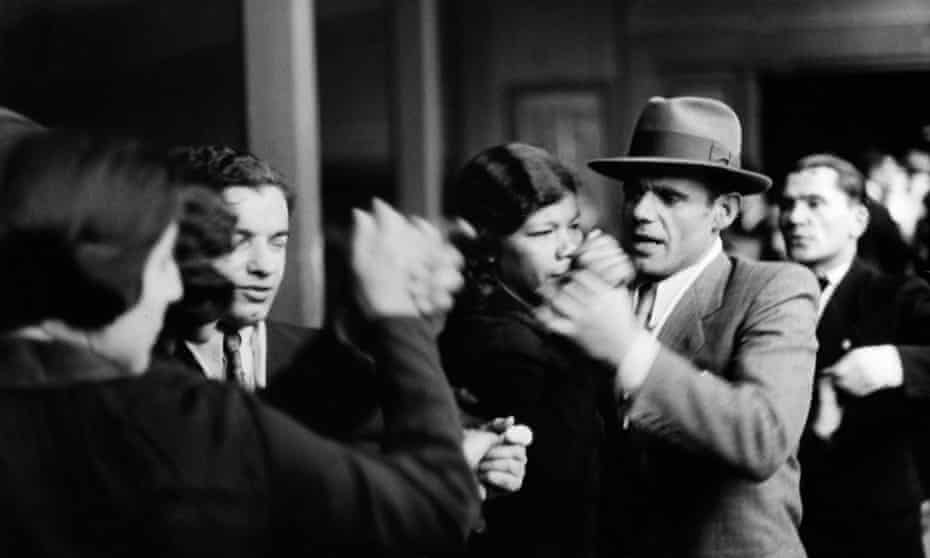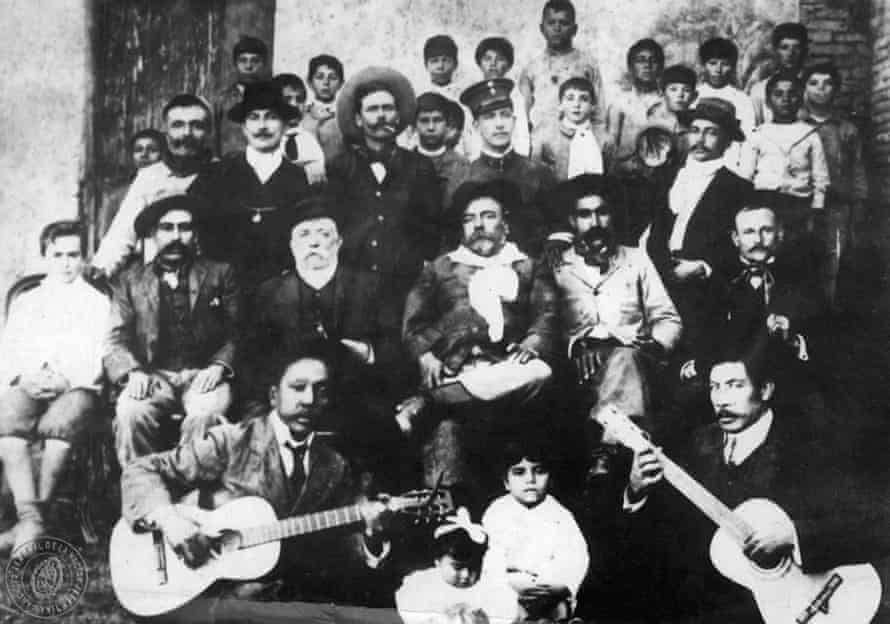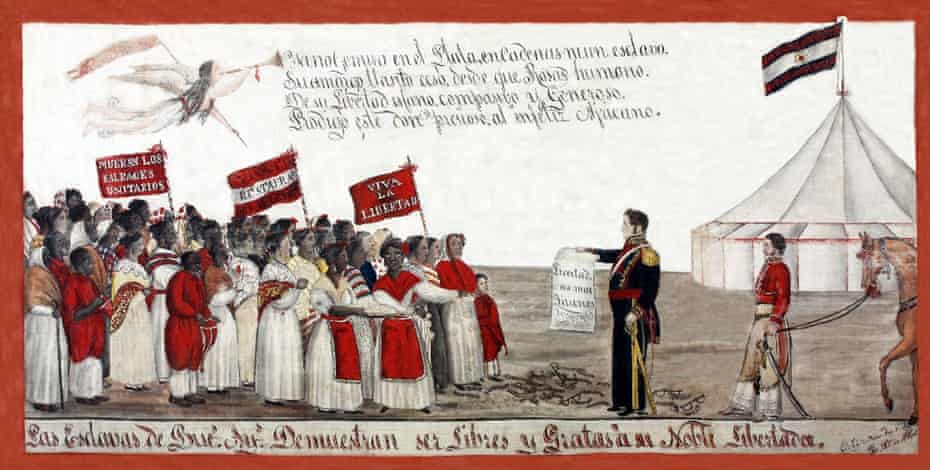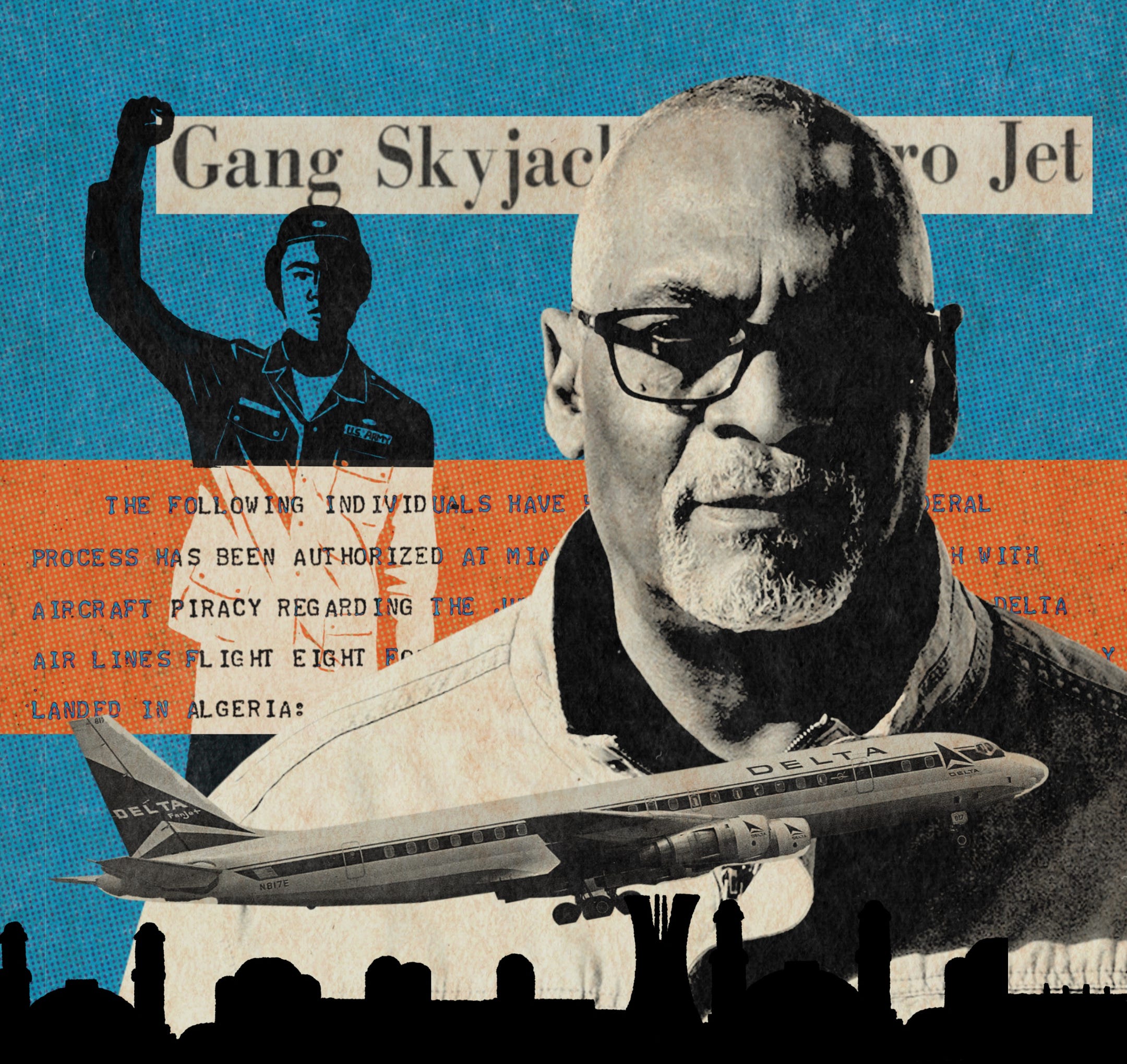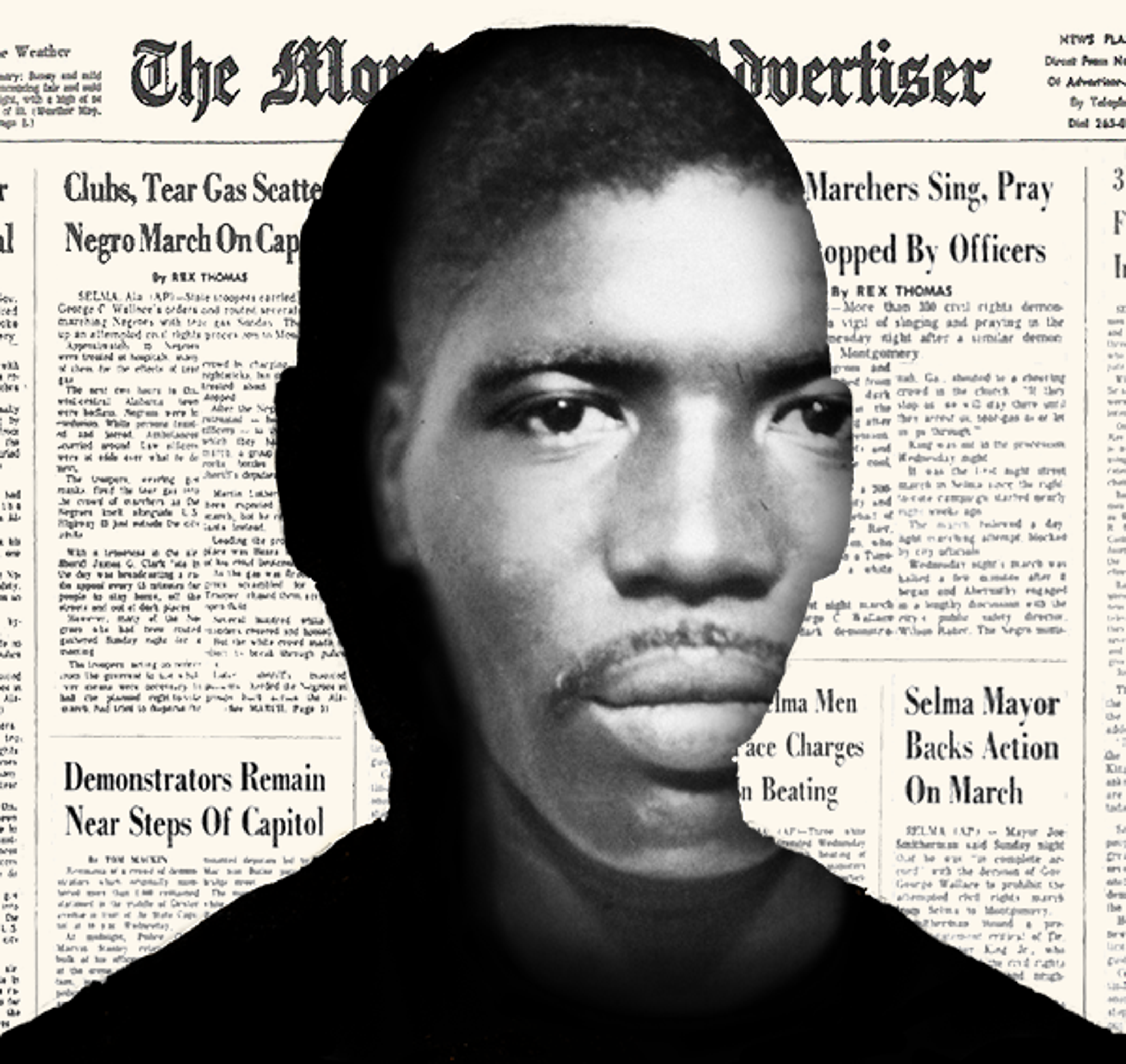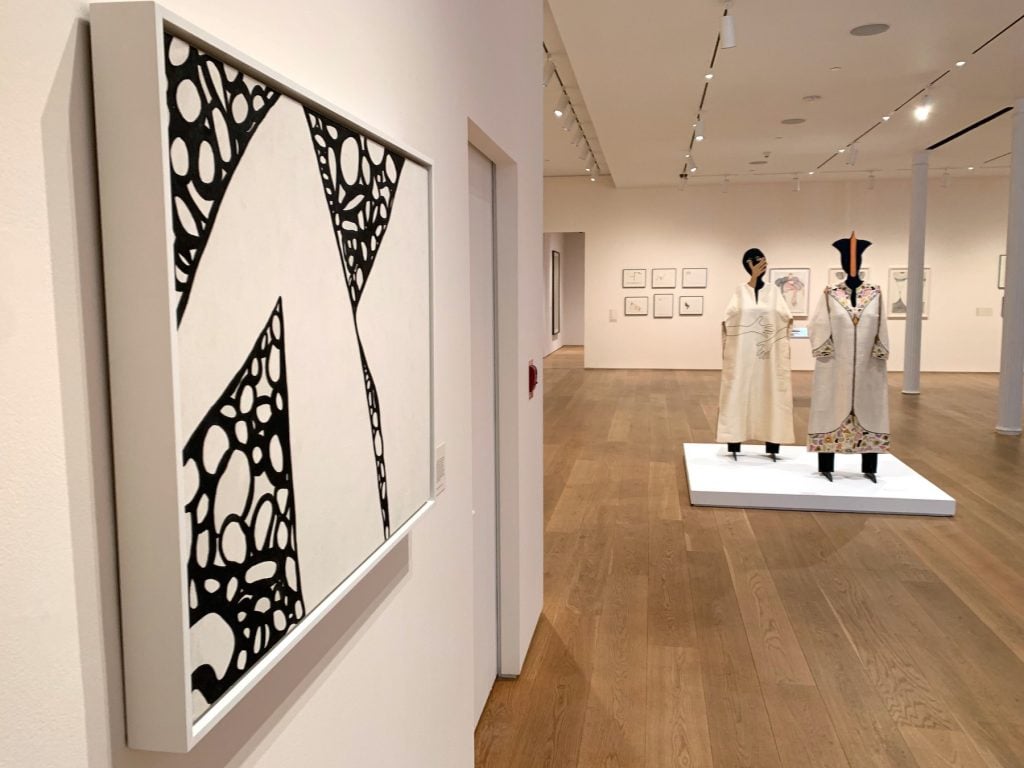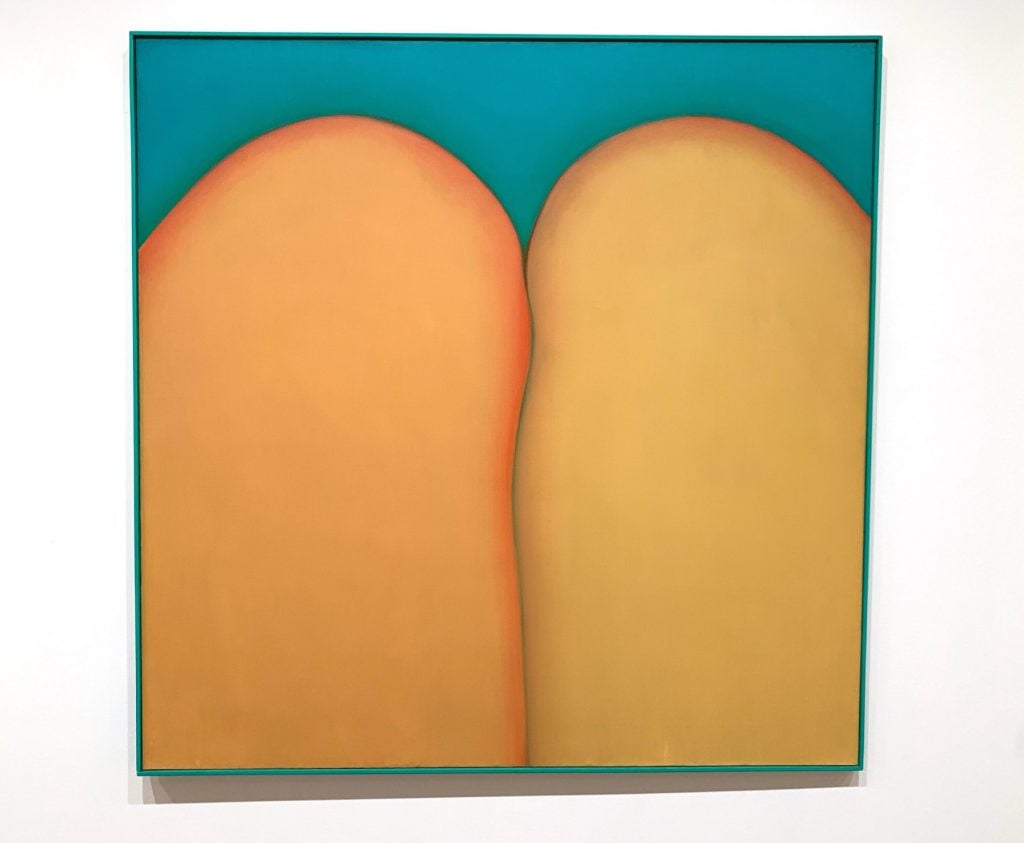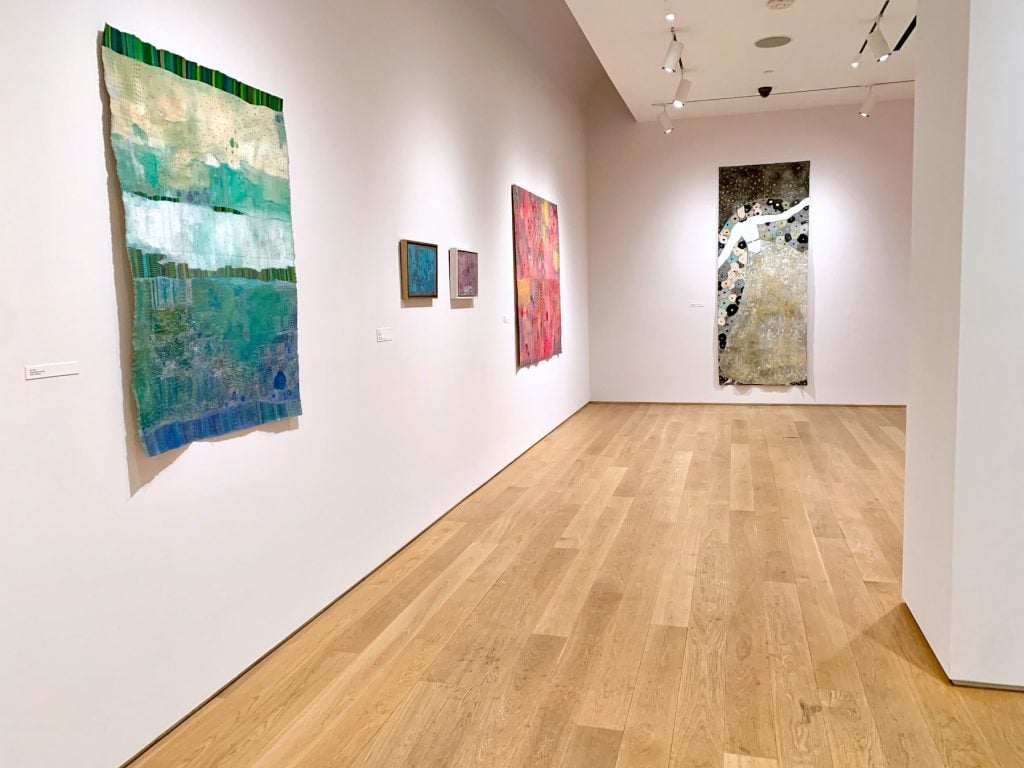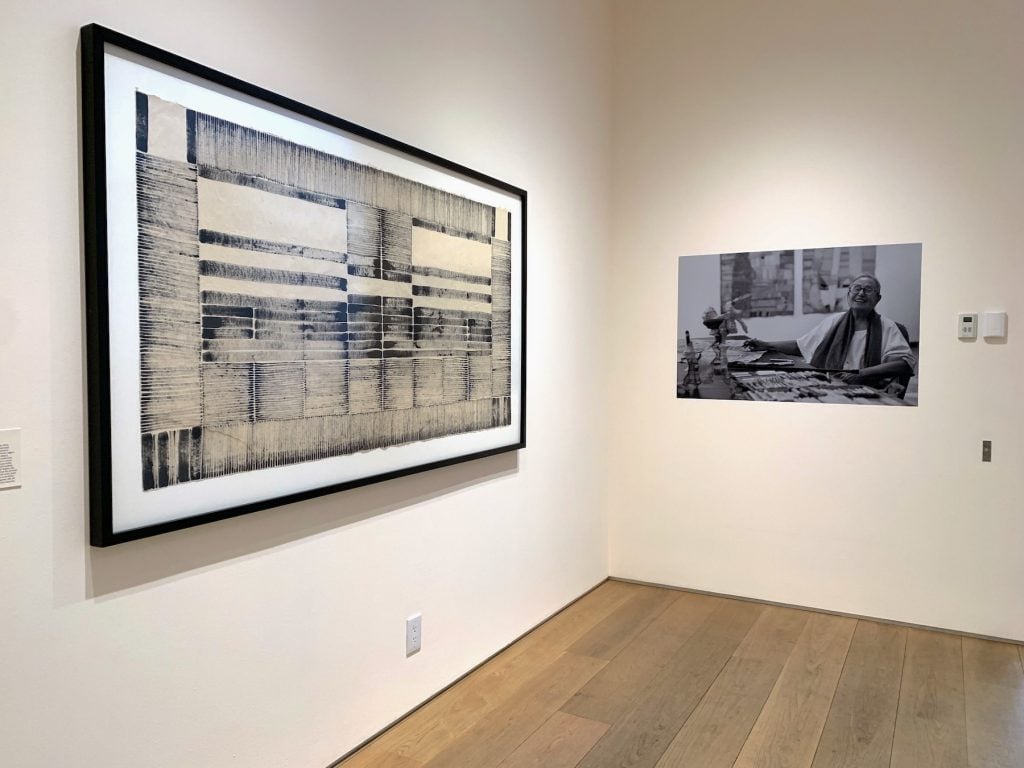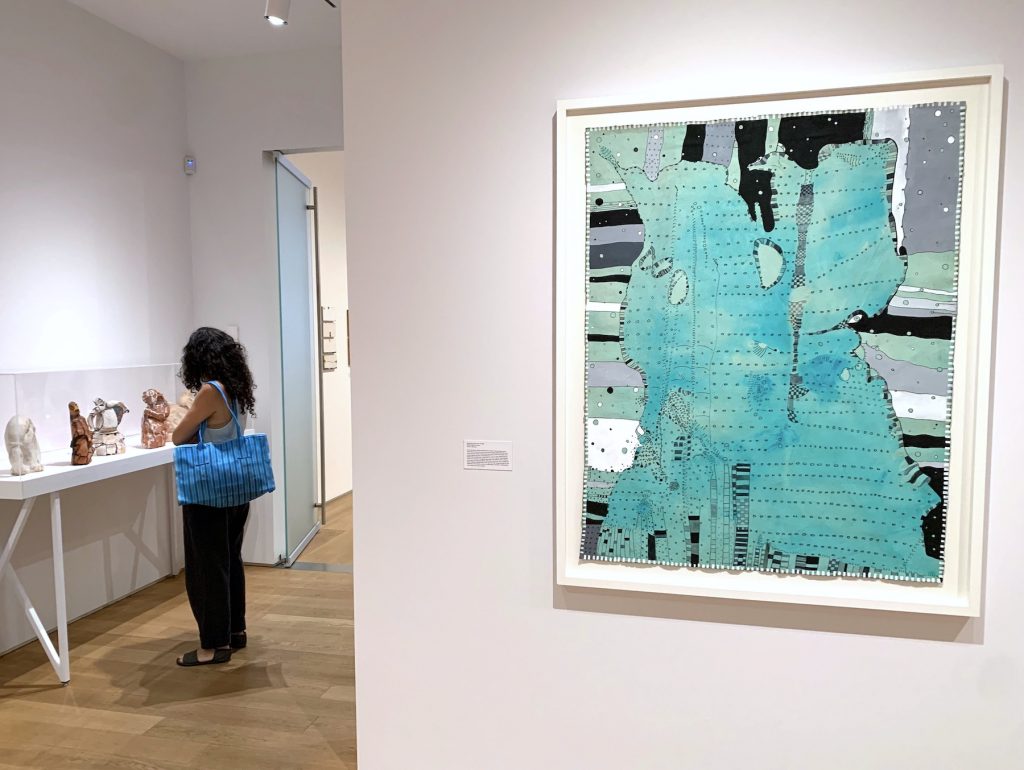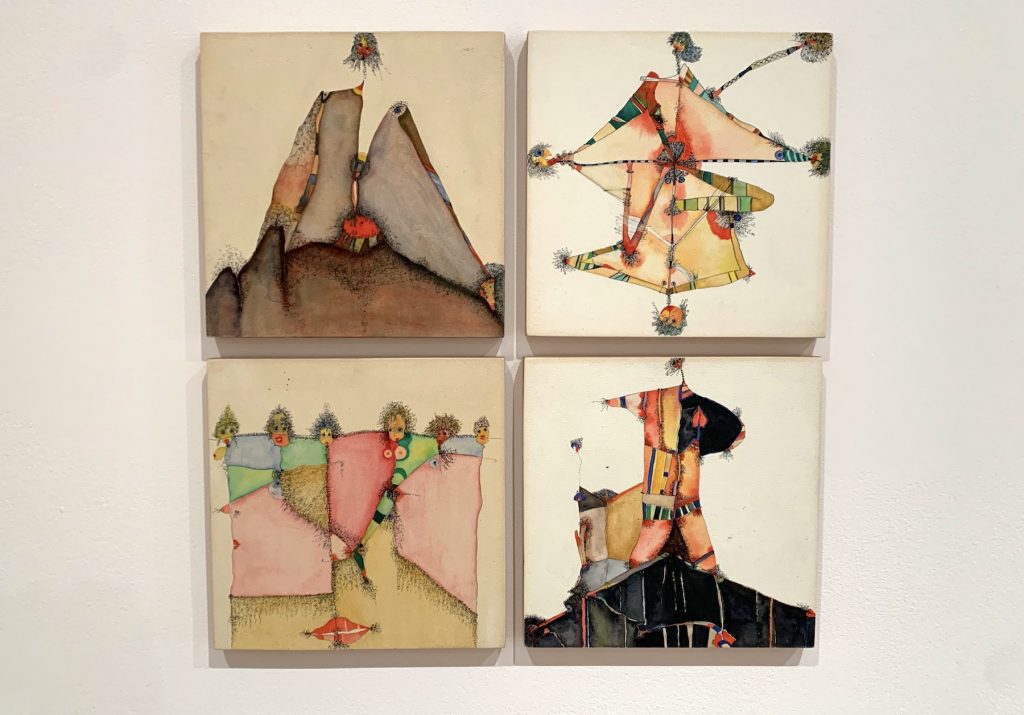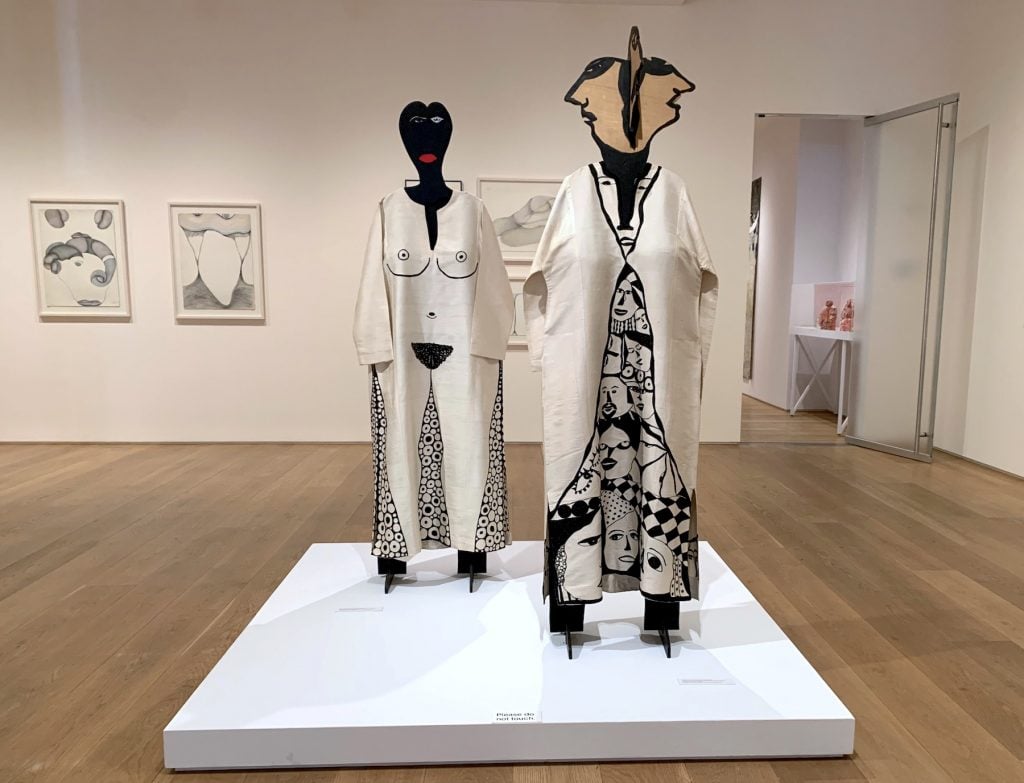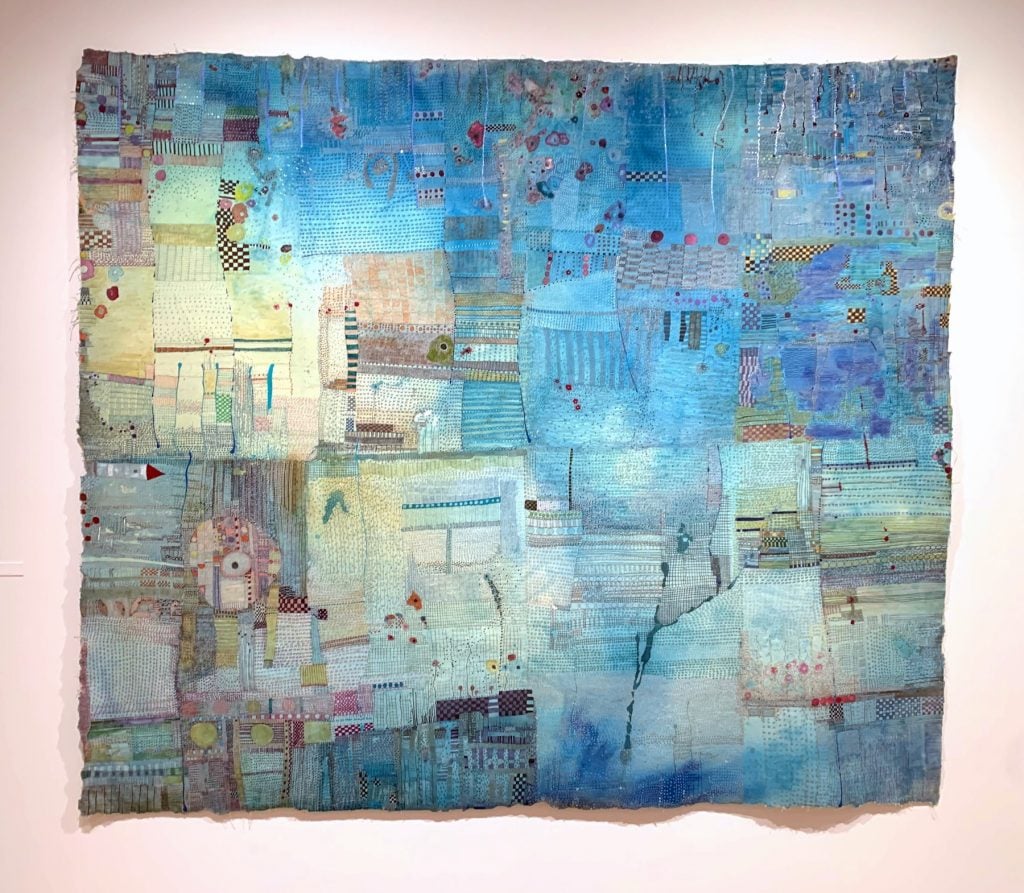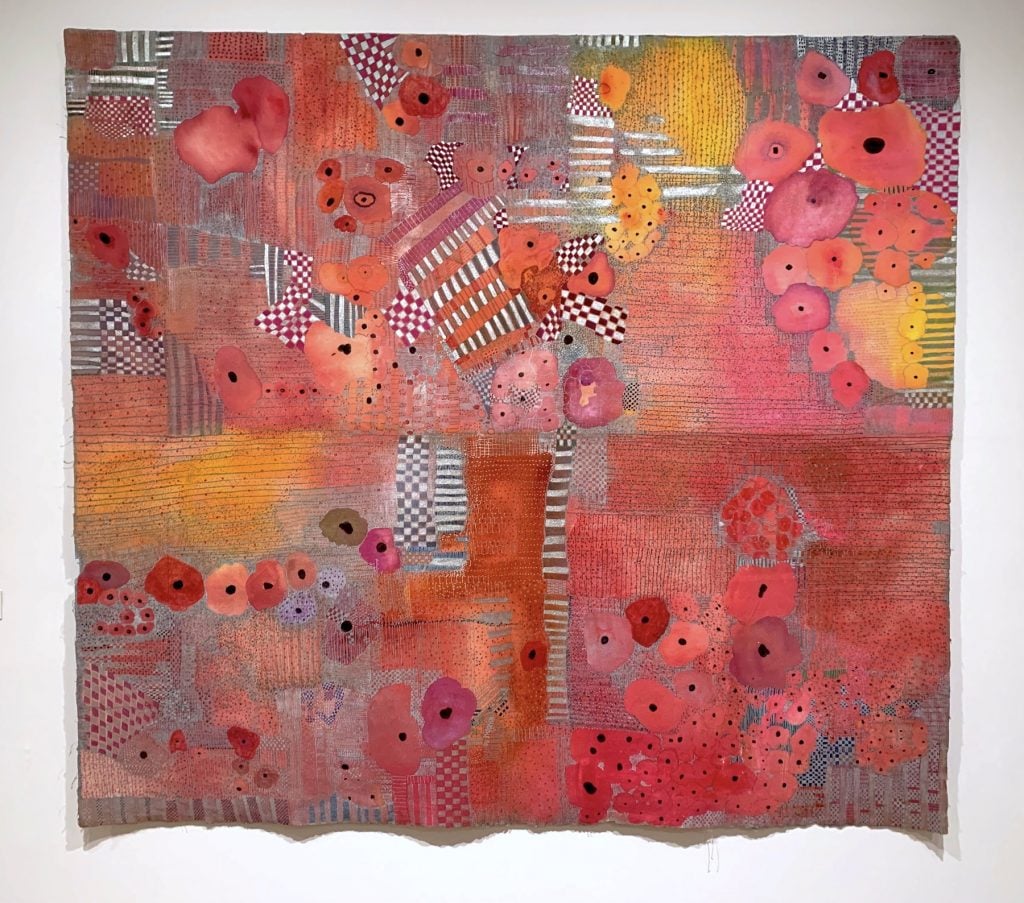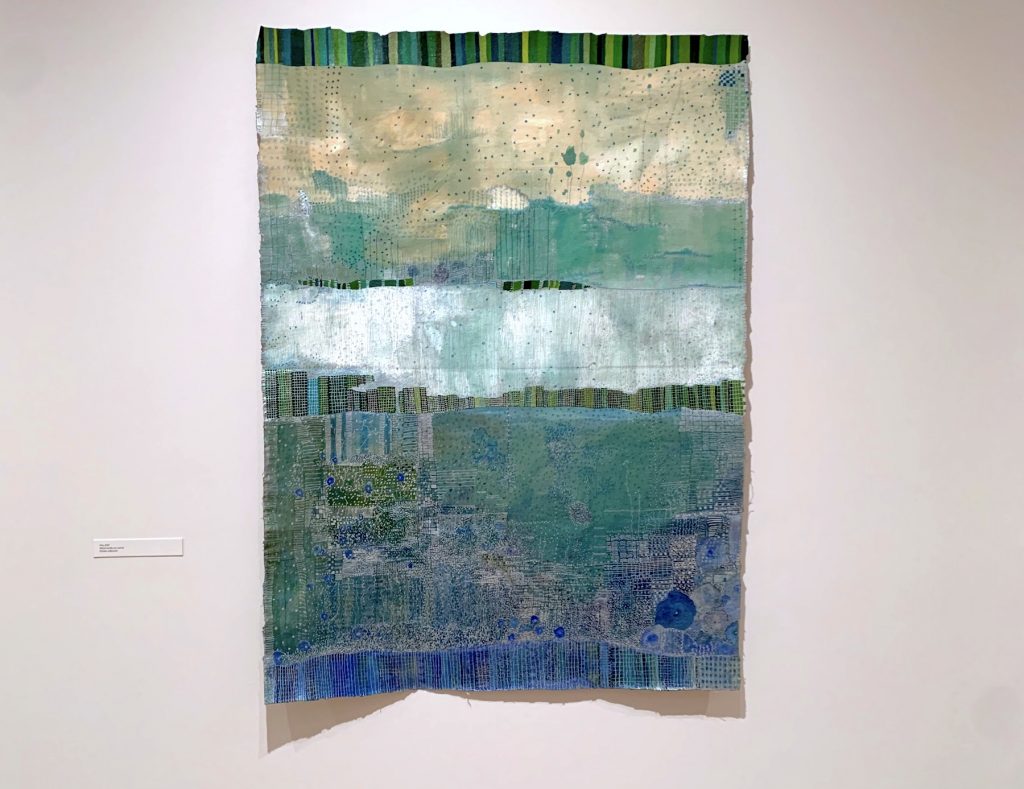Google may cut pay of staff who work from home

Google employees in the US who opt to work from home permanently may get a pay cut.
The technology giant has developed a pay calculator that lets employees see the effects of working remotely or moving offices.
Some remote employees, especially those with a long commute, could have their pay cut without changing address.
Google has no plans at this time to implement the policy in the UK.
Employees in many businesses have proved that working from home permanently is viable during the Covid pandemic.
Many companies are looking ahead to how employees will work as the pandemic recedes, even as the US continues to battle the Delta variant of the disease.
Silicon Valley firms, some of which are keen to get employees back to their desks, are experimenting with employee pay structures.
Big tech companies including Microsoft, Facebook, and Twitter have offered less pay for employees based in locations where it is more inexpensive to live.
But smaller firms such as Reddit and Zillow have said they will pay the same no matter where employees are based, saying that this improves diversity.

A Google spokesperson said: "Our compensation packages have always been determined by location, and we always pay at the top of the local market based on where an employee works from.
"Our new Work Location Tool was developed to help employees make informed decisions about which city or state they work from and any impact on compensation if they choose to relocate or work remotely."
Alarm
One Google employee, who works in Seattle but has a two-hour commute, complained to Reuters of being faced with a 10% pay cut for choosing to work from home full-time.
"It's as high a pay cut as I got for my most recent promotion," the employee said. "I didn't do all that hard work to get promoted to then take a pay cut."
Jake Rosenfeld, a sociology professor at Washington University in St. Louis, said Google's move raises alarms about who will feel the impact most acutely, including families.
"What's clear is that Google doesn't have to do this," Prof Rosenfeld said. "Google has paid these workers at 100% of their prior wage, by definition. So it's not like they can't afford to pay their workers who choose to work remotely the same that they are used to receiving."
A Google employee in Stamford, Connecticut, which is an hour away from New York by train, would be paid 15% less working remotely, while there were 5% and 10% differences in the Seattle, Boston and San Francisco areas.
Google will not change employees' pay if they work fully remotely from the same city.
Contract questions
In the UK, it's a fundamental part of employment law that employers cannot alter aspects of contracts such as rates of pay without the consent of employees, or without terminating those contracts and renegotiating them, said Emma Bartlett, a partner at employment lawyers CM Murray.
From an employee perspective, it would be demoralising to be paid less for doing the same job, she said, and from a business perspective, it would have the potential to create two tiers of employment, with some employees expected to be in the office, and some not.
If people stayed home working for childcare reasons, and women continue to take the main responsibility for childcare, then this could have the effect of widening the gender pay gap, she said.
Workers may be treated differently in other respects, she added, and organisations would have to work hard to make sure employees were not treated differently in terms of training, promotion, and access to clients.
Hybrid experiments
Some businesses, such as US technology giant Cisco, have put in place a hybrid working plan that has no mandates about how often employees go into the office.
Cisco expects that less than a quarter of its workforce will want to be in an office for three or more days a week.
But other firms, such as Goldman Sachs, want workers to return to offices.
The investment bank's boss, David Solomon, said in February that working from home was "an aberration" rather than "the new normal".
The Chartered Institute of Personnel and Development (CIPD), which represents human resource professionals in the UK, said it was always "the safest option" for firms to seek express written agreement from employees before changing the level of their pay.
In its guidance to employers, it says that imposing a pay cut is a "high-risk" approach, since workers can bring claims for breach of contract or even constructive unfair dismissal.
Rachel Suff, senior employment relations adviser at the CIPD, said: "Rather than making sweeping decisions on issues like pay and how, where and when people work, businesses should aim to balance individual needs with the needs of the organisation.
"It would be quite near-sighted for employers to think about adjusting pay at this early point in hybrid working, given there are so many things to still be ironed out and many people are still yet to return to a physical workspace.
"Given the tight labour market, businesses also need to stay attractive and cutting pay could prove to be a false economy if it turns talent away."
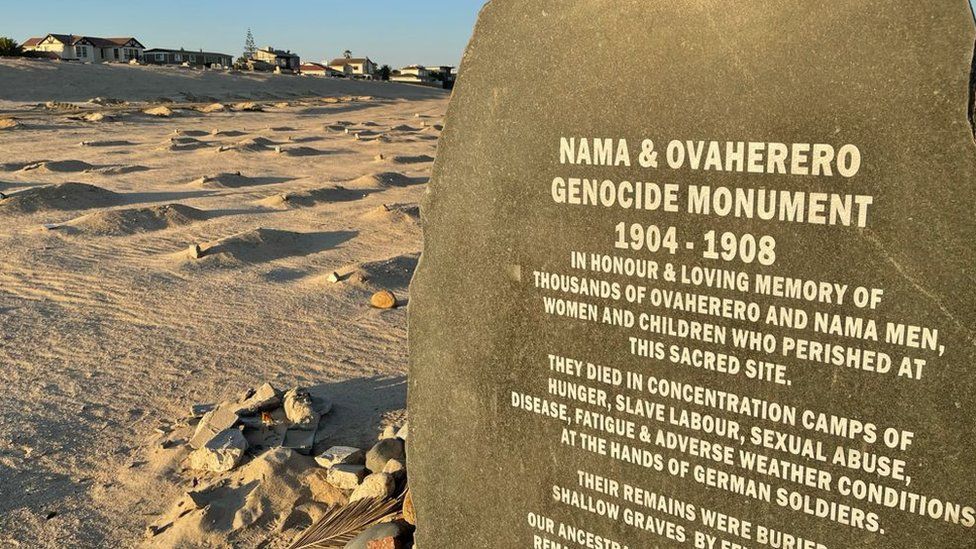
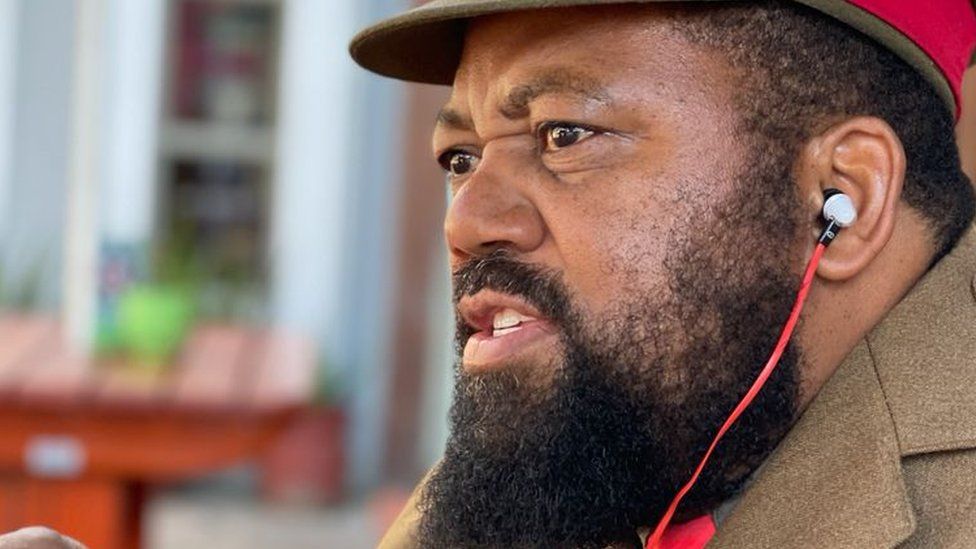
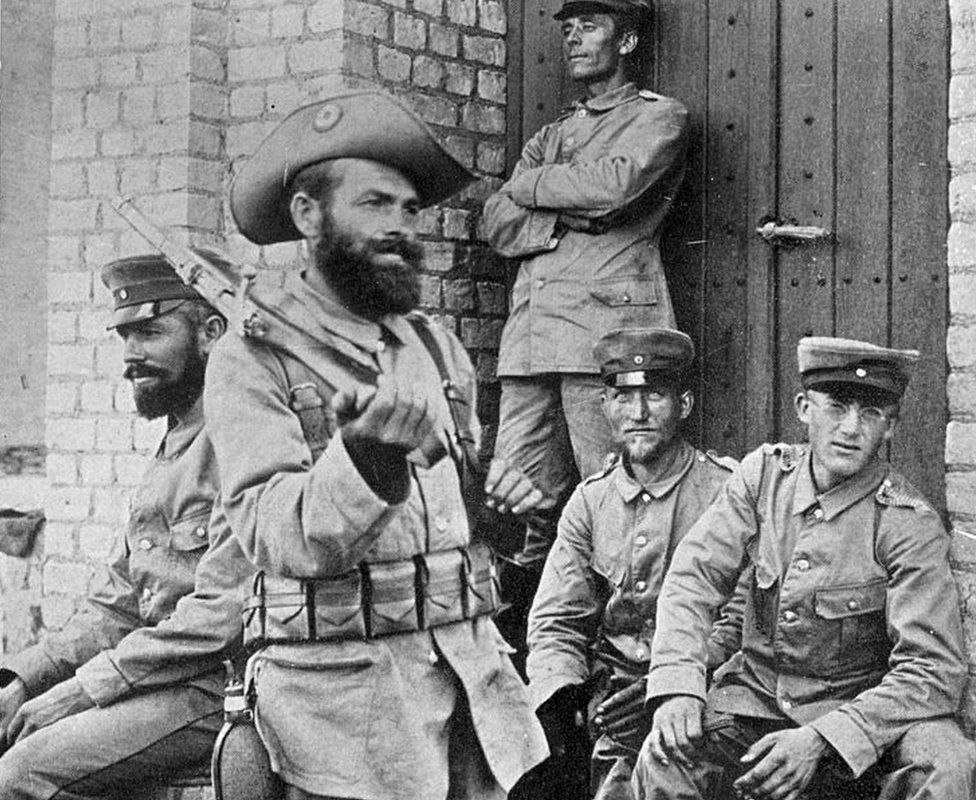
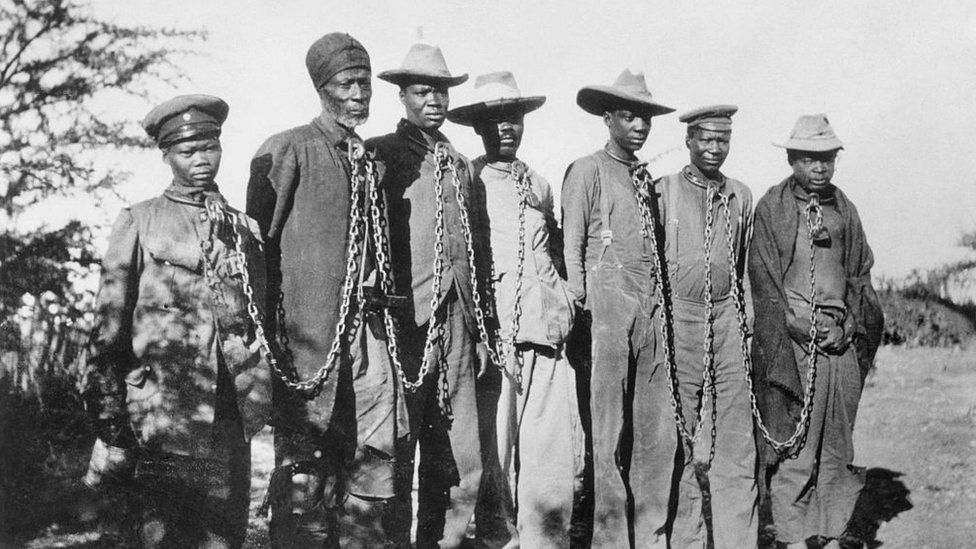




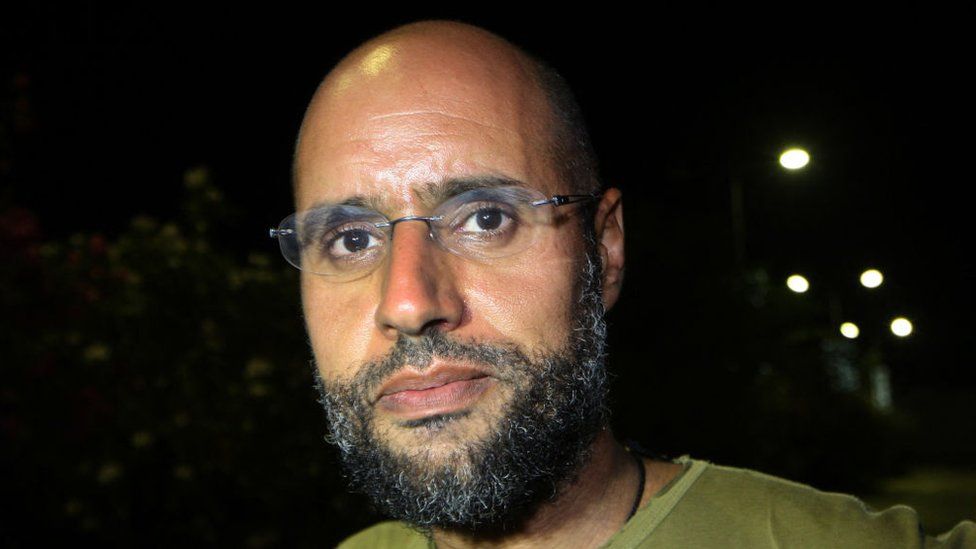
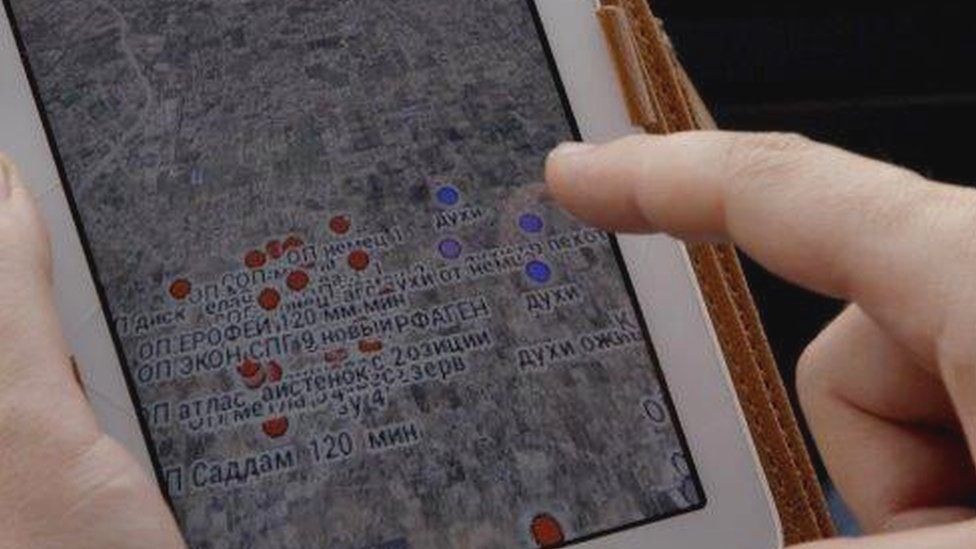

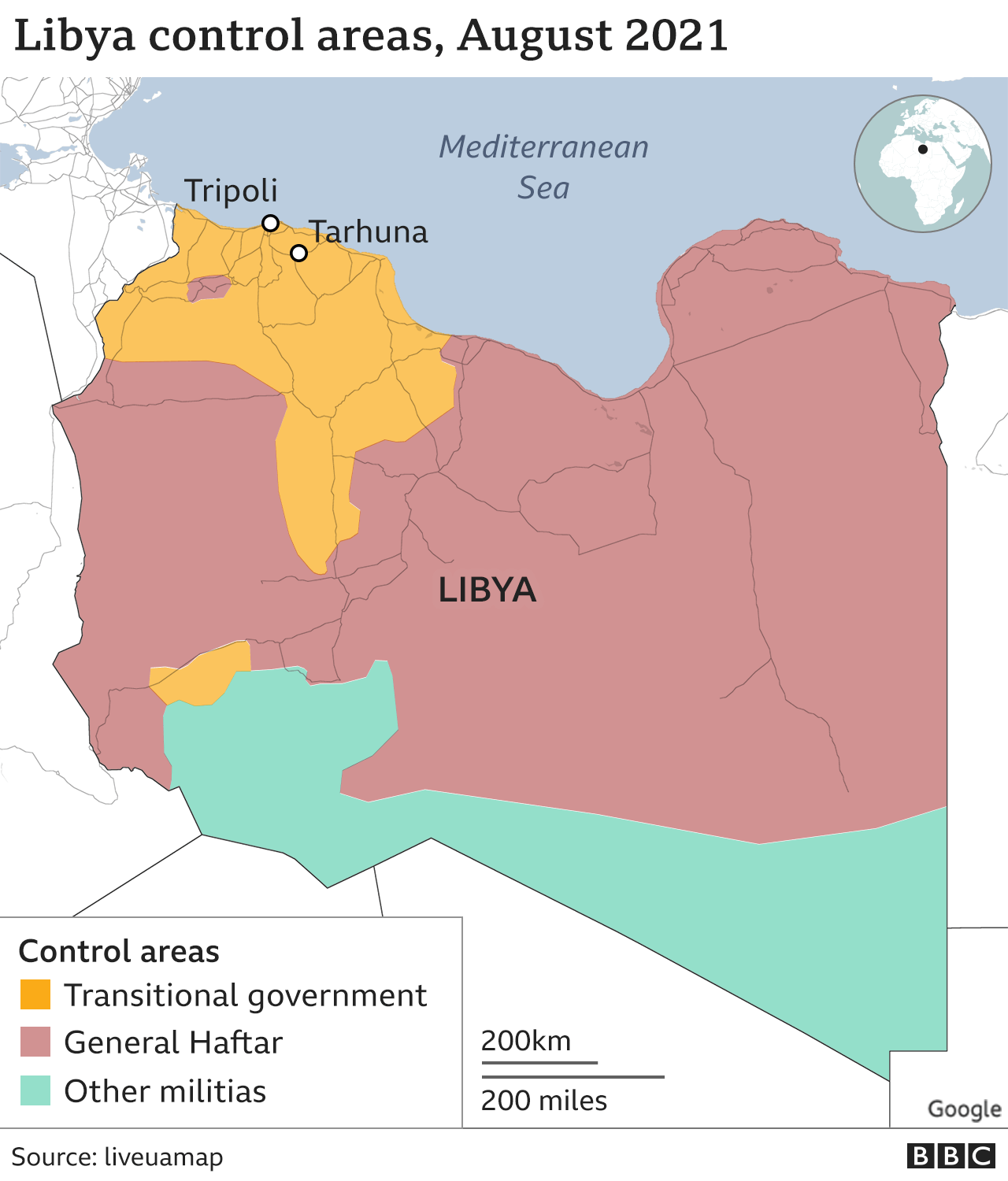
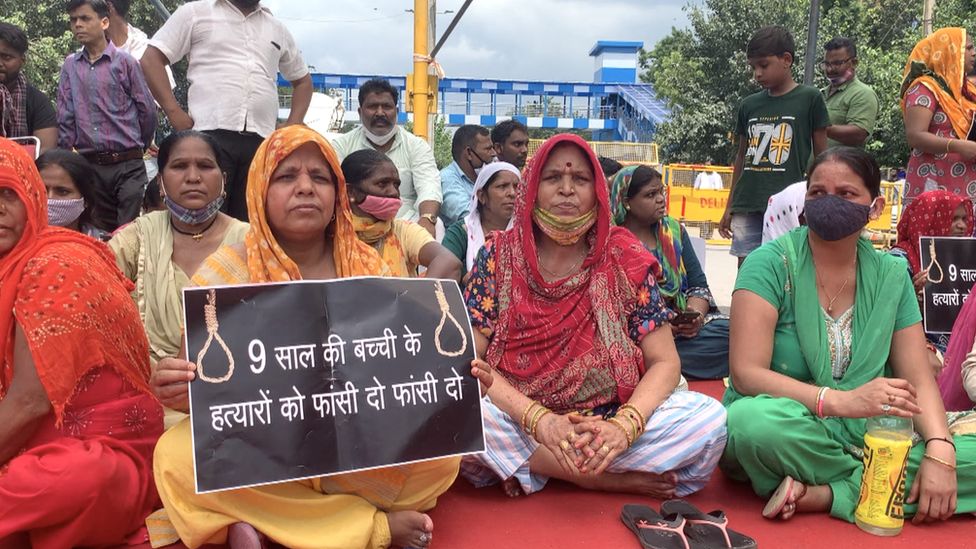 image captionProtesters outside the crematorium are demanding the death penalty for the accused
image captionProtesters outside the crematorium are demanding the death penalty for the accused

